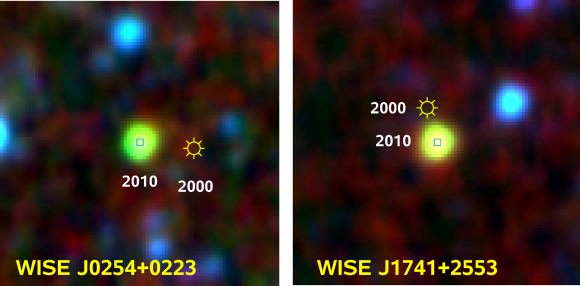neufer wrote:Chris Peterson wrote:
two bodies that collide have to have their position vectors nearly collinear.
That is a strange way of putting it.
Is it? I guess that is just one of two possibilities. Two bodies acting under the influence of gravity alone need to be on paths that result in their being at the same place at the same time. In Euclidian space, those vectors need not be lines, of course. But you might generalize the problem to geodesics, in which case they would be treated as lines, and would necessarily be collinear or intersecting if the bodies were on a collision course (with a margin of the radii of the bodies). Does that make sense?
In any case, two bodies in orbit won't collide (unless the orbital radius reaches the radius of one of the bodies, of course). It's a bit of a trick to get two bodies on a collision course, and requires perturbation by at least one other body.
Do anti-ballistic missiles do that with their targets :?:
Anti-ballistic missiles are themselves either ballistic or under thrust, so they can't really be compared to bodies influenced only by mutual gravitational forces.



